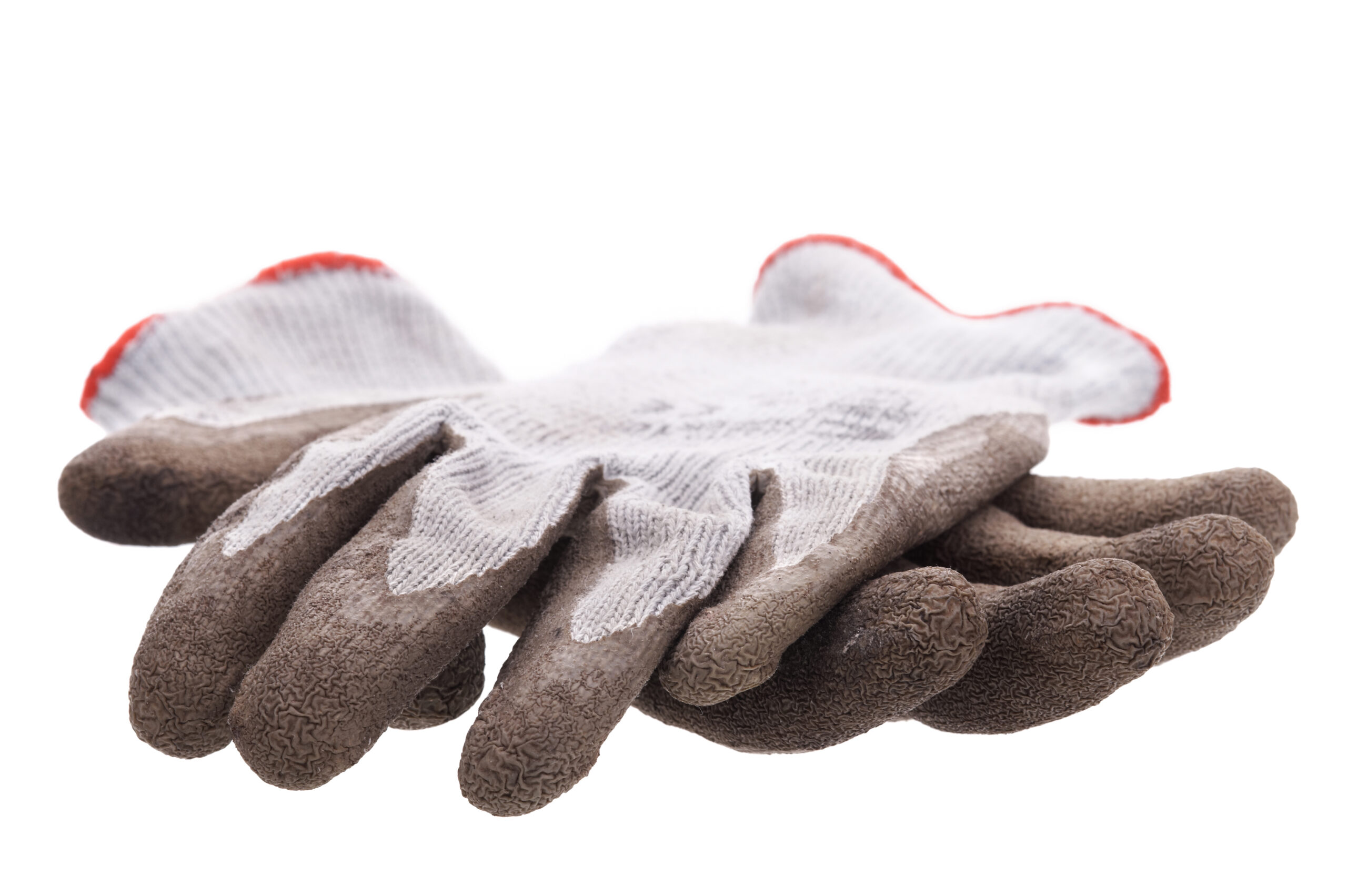
29 Jan Gloves, Risks, and Ratings
PART 1 OF A SERIES
In just one generation, the variety and specialization of gloves has exploded. The access to quality information about those gloves has followed close behind. That’s a wonderful development for those who have kept up with this evolution and can confidently select gloves that provide optimum protection tailored to the wearer’s needs.
Yet for many workers and managers, the availability of information exists in a language they don’t understand, and they despair of ever learning that language because they just can’t commit the time required to figure it out in the midst of all their other responsibilities.
If you fit that description, we would like to provide you with an on-ramp to understanding all the mysterious numbers and symbols that can open up a world of understanding about the properties of the gloves your team uses.
We’re going to do this in bite-size installments so you can absorb the information completely painlessly. The purpose will be to get a deeper understanding of how to interpret and compare available glove ratings and to better understand what ratings tell you—and don’t tell you—about a glove.
MECHANICAL RISKS
We wear gloves to protect our hands. Not every task requires protection from the same risks. You can’t effectively choose a glove for a given task unless you have some concept of the nature of the risks you face.
The testing authorities have developed ways to measure a glove’s resistance to the most relevant of these mechanical risks. If you know the risks you face, you can choose the gloves best suited to handle those risks by consulting the ratings assigned to those risks. The table below lists the mechanical risks for which testing is commonly done:
| RISK | PROTECTION AGAINST | U.S. TEST SCALE | U.S. PERFORMANCE STANDARD |
| Abrasion | Blisters, Rapid glove wear | 0 – 6 | ANSI/ISEA 105 |
| Cut | Lacerations from blades or sharp edges | A1 – A9 | ANSI/ISEA 105 |
| Puncture | Splinters, Thorns, Nails, Metal burrs | 0 – 5 | ANSI/ISEA 105 |
| Impact | Hammer strikes, Hand collisions— esp. when carrying heavy objects | 1 – 3 | ANSI/ISEA 138 |
| Needle Stick | Needle sticks | 0 – 5 | ANSI/ISEA 105 |
For example, If you are a gardener, you want a glove that scores well against abrasion for the all the times you will be using a rake or a shovel, and puncture resistance for the times you are dealing with thorny vegetation.
In future installments, we will look at each of these risks and give a simplified description of the testing methods involved. We will also explore alternate ways of assessing a glove’s performance when information isn’t available for the risks relevant to your tasks.
Click HERE for a video version of this content.



Intro to glove risks series – HUB's Monday Morning Minute
Posted at 09:00h, 29 January[…] glove risks and ratings by giving an overview of the topics to be covered in future episodes. Click HERE for more information on the […]